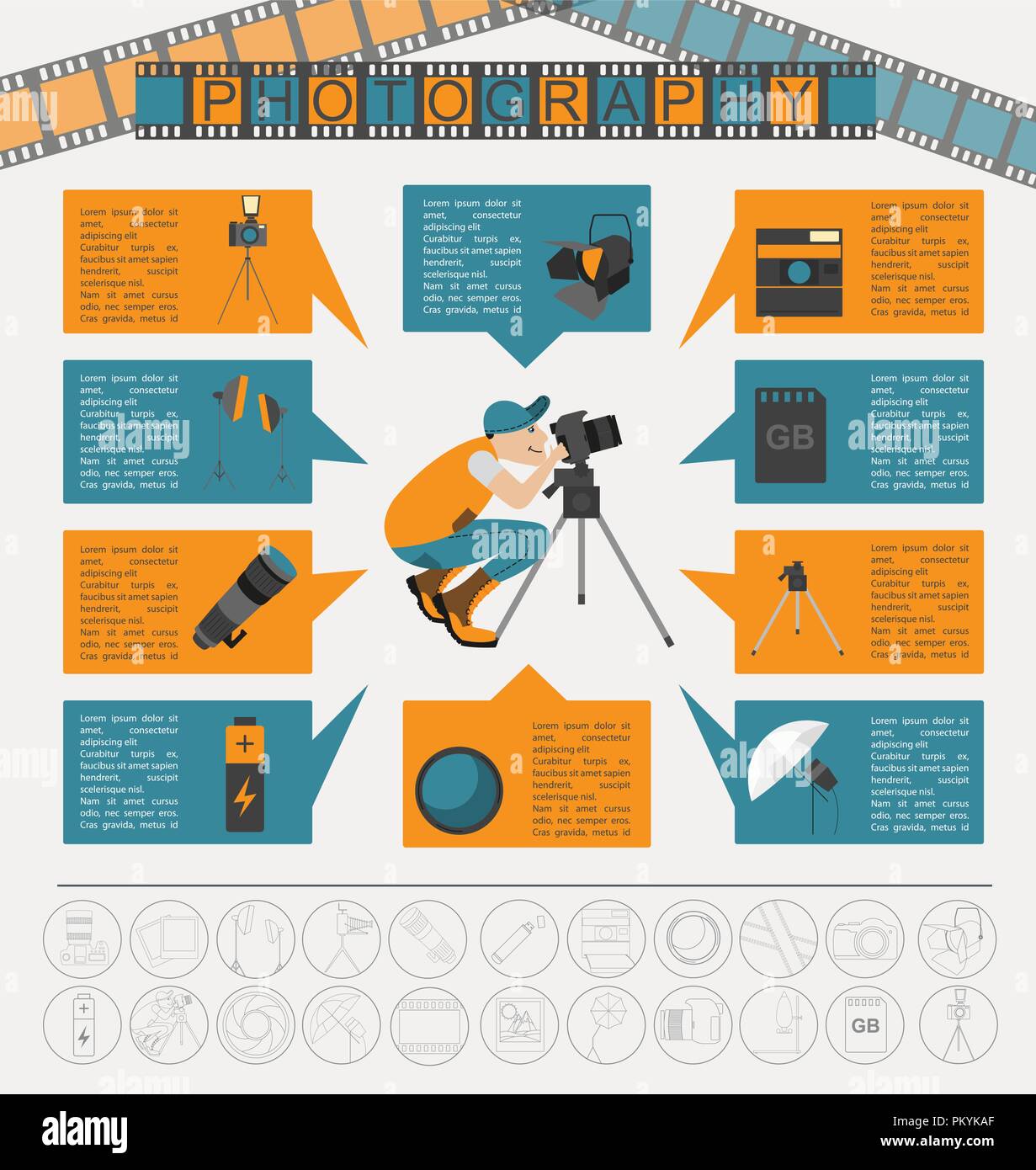Join Us To Discover Vital Digital Photography Tips That Will Unlock Your Video Camera'S Potential-- Prepare To Catch Stunning Pictures In No Time!
Join Us To Discover Vital Digital Photography Tips That Will Unlock Your Video Camera'S Potential-- Prepare To Catch Stunning Pictures In No Time!
Blog Article
Uploaded By-Lundgreen Didriksen
When you initially pick up your camera, it can feel frustrating with all the settings and options readily available. You may find yourself asking yourself just how to browse aperture, shutter speed, and ISO properly. Understanding these fundamentals is important, yet there's even more to photography than simply technical knowledge. Understanding make-up techniques and lights problems can raise your images significantly. So, what happens if you could find out basic methods to boost your abilities and start recording impressive images earlier than you think? Let's explore just how to change your photography trip.
Recognizing Camera Settings
Recognizing your camera settings is essential for catching sensational images. When you grab your video camera, familiarize on your own with the three primary settings: aperture, shutter speed, and ISO. Each plays an essential role in just how your pictures turn out.
Begin with aperture, which regulates the amount of light entering the lens. A wider aperture (reduced f-number) allows a lot more light and creates a stunning background blur, excellent for portraits. On the other hand, a narrower aperture (higher f-number) keeps more of the scene in focus, perfect for landscapes.
Next, focus on shutter rate. This setup identifies how much time your video camera's sensor is subjected to light. Read the Full Content freezes activity, which is excellent for activity shots, while a sluggish shutter speed can produce magnificent effects like smooth water in landscapes.
Finally, change your ISO. This setting influences your video camera's sensitivity to light. A higher ISO is useful in low-light scenarios however can introduce sound or grain. Aim for the most affordable ISO possible while still accomplishing correct exposure.
Make-up Techniques
When you're out shooting, make-up can make all the difference in just how your images reverberate with viewers. Begin by utilizing the regulation of thirds; visualize your structure divided into 9 equivalent sections with two straight and two upright lines. Setting crucial elements along these lines or at their intersections to produce balance and passion.
Next, consider leading lines. Photography companies near me in your scene, like roadways or rivers, attract the customer's eye into the picture, guiding them via the tale you're telling.
Don't forget about framing; usage elements within your scene, like trees or home windows, to develop a frame around your topic, adding depth and emphasis.
Additionally, keep an eye on your history. A messy background can sidetrack from your major topic, while a simple one aids it attract attention.
Last but not least, trying out symmetry and patterns; they can develop a striking picture that catches focus.
Learning Lights Issues
Grasping illumination conditions is essential for capturing sensational photographs, as the ideal light can change an average scene into something amazing.
Begin by observing all-natural light at various times of the day. Early mornings and late afternoons offer the very best light, known as the golden hour. The soft, warm tones throughout these times can improve your photos wonderfully.
Don't shy away from overcast days either; diffused light can reduce harsh darkness and produce a pleasing effect, especially for portraits.
Experiment with backlighting by placing your subject against the light source. This strategy can develop a wonderful halo impact and include depth to your images.
Take notice of your electronic camera settings too. Change the ISO, aperture, and shutter speed to suit the lights conditions. A greater ISO can assist in low light, but be cautious of grain.
Use a tripod in darker settings to stay clear of blur.
Finally, do not neglect man-made illumination. Flash and continual lights can be great tools for regulating light in difficult conditions.
Final thought
Finally, grasping your electronic camera doesn't have to be frustrating. By comprehending your setups, using make-up methods, and utilizing the power of all-natural light, you'll swiftly raise your digital photography skills. Remember, practice makes excellent, so get out there and trying out your newly found expertise. With time and devotion, you'll be catching stunning photos that mirror your unique viewpoint. Delight in the trip, and don't forget to enjoy while you're at it!
